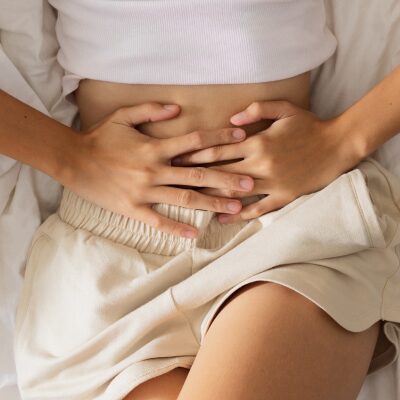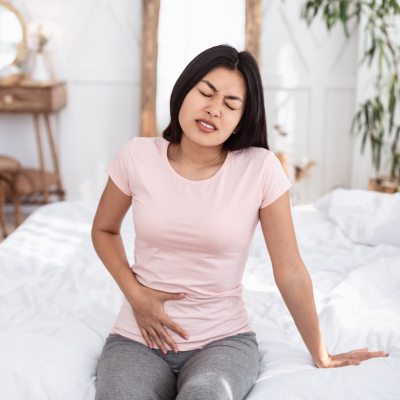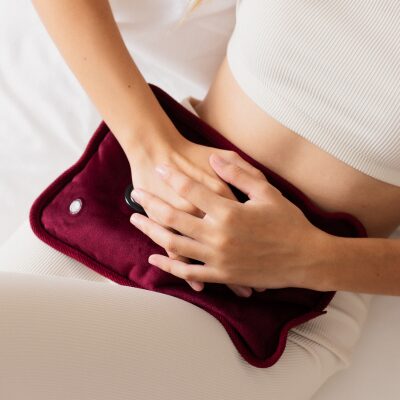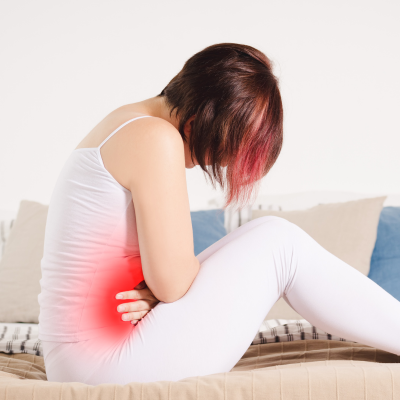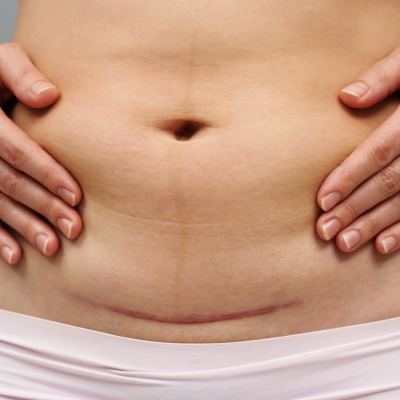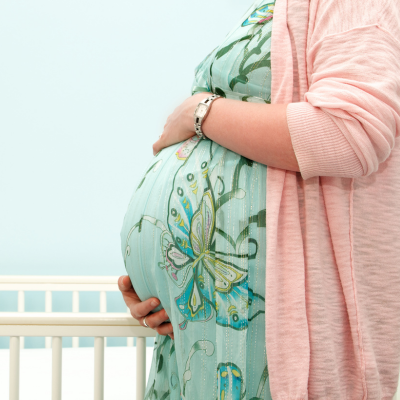Postpartum Pain During Intimacy
Postpartum pain during intimacy is a challenge few women talk about. While everyone talks about sleepless nights and diaper changes, painful sex isn’t often discussed. Bringing a baby into the world is life-changing, and so is what happens to your body afterward. At Cherokee Women’s Health Specialists, we want you to know that pain during sex after childbirth is common, but it’s not something you have to live with. Why Sex Can Be Painful After Having a Baby Several factors can contribute to pain during sex after childbirth: Vaginal Trauma or Tears: Vaginal delivery can result in tears or an episiotomy that needs time to heal. Scar tissue may feel tight or tender during intercourse. Hormonal Changes: Estrogen levels drop significantly after birth, especially if you’re breastfeeding. This can lead to vaginal dryness and thinner tissues that are more prone to irritation. Pelvic Floor Dysfunction: Pregnancy and delivery put stress on pelvic floor muscles, which may become tight, weak, or painful. Emotional Factors: Fear of pain, stress, body image concerns, and fatigue can affect desire and arousal. C-Section Recovery: Even women who have C-sections can experience painful sex due to scar sensitivity, hormonal shifts, or pelvic floor tension. Is Painful Sex Normal After Childbirth? Some discomfort the first few times you have sex postpartum is not unusual. However, persistent pain, especially if it prevents you from enjoying intimacy, is not normal. It’s important to seek help if: Sex remains painful several months after delivery You feel burning, tearing, or severe discomfort Lubricants don’t help ease the pain You notice bleeding, unusual discharge, or odor You feel pelvic pressure, bulging, or heaviness Finding Relief and Enjoying Intimacy Again You deserve a healthy, fulfilling sex life, even after having a baby. At Cherokee Women’s Health Specialists, we help new mothers find solutions for postpartum sexual pain, including: Pelvic exams to identify physical causes of pain Pelvic floor physical therapy to relax or strengthen muscles Hormonal treatments or vaginal estrogen if dryness is an issue Guidance on lubricants and techniques for comfort Minimally invasive procedures if scar tissue or prolapse is causing pain Be Kind to Yourself Your body has been through an incredible journey. Healing takes time, and intimacy shouldn’t feel rushed or pressured. Listen to your body and know that help is available. If you’re experiencing pain during sex after childbirth, call us today at 770.720.7733 or simply schedule an appointment online. We’re here to help you feel healthy, comfortable, and confident, in and out of the bedroom.

